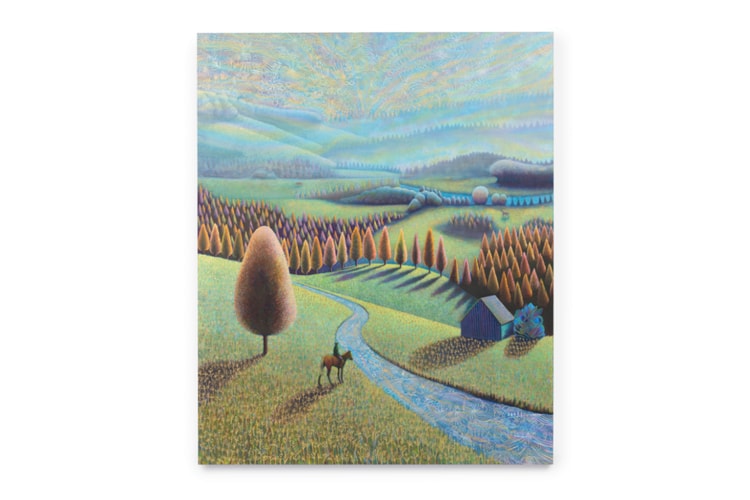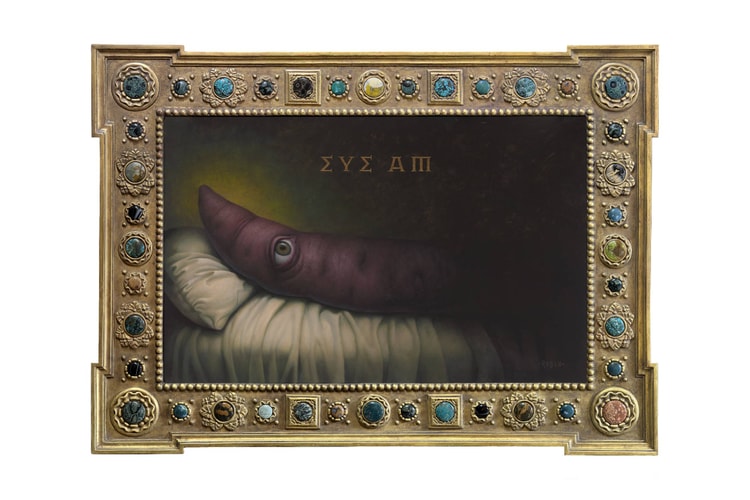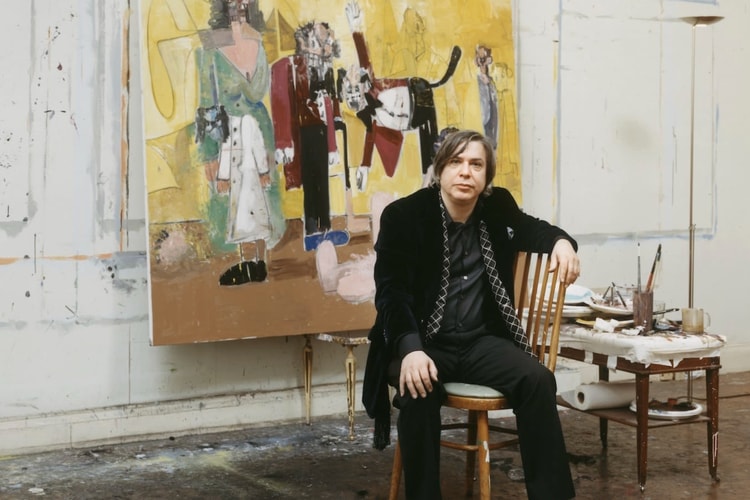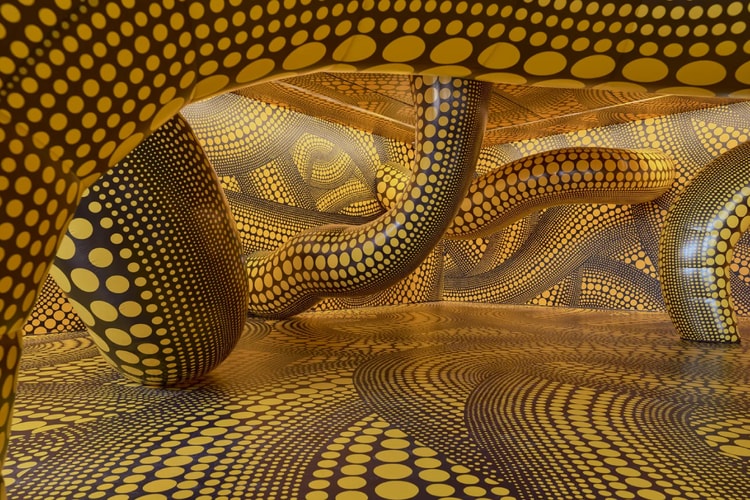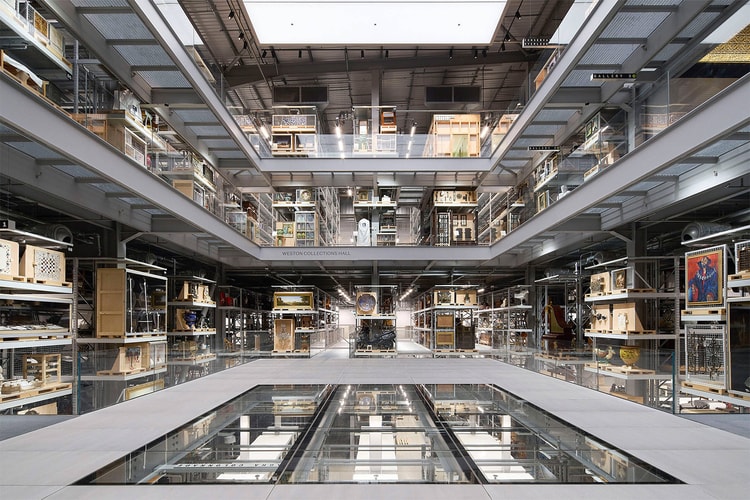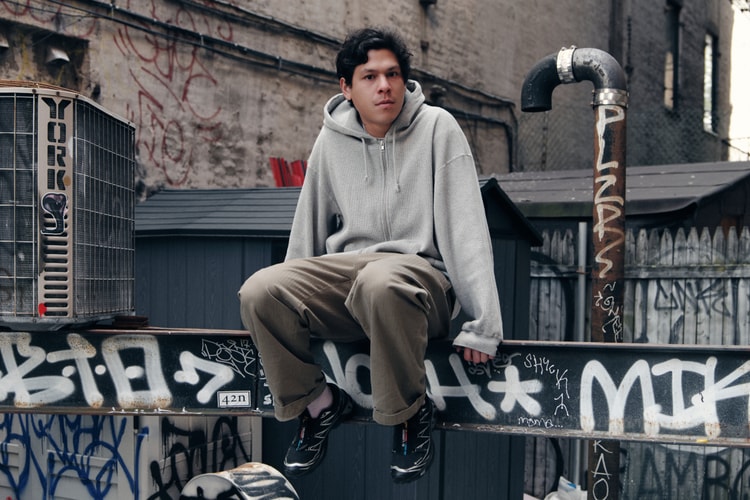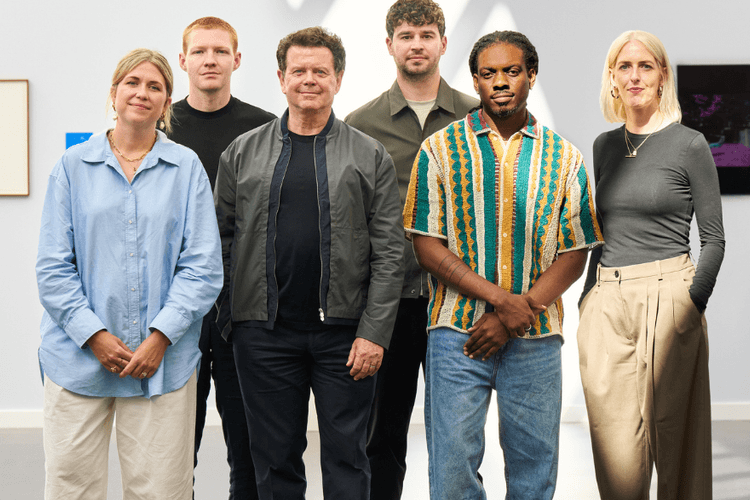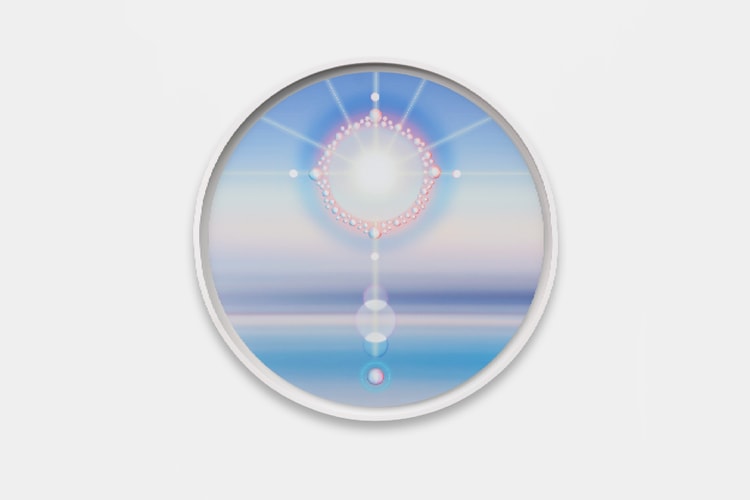At the 15th Shanghai Biennale, "Listening" Is a Metaphor
Taking place at the Power Station of Art, this year’s edition operates at the intersection of human and nonhuman intelligence.































The 15th Shanghai Biennale, “Does the flower hear the bee?,” officially opened its doors at the iconic Power Station of Art (PSA). The edition serves an ambitious and timely exploration into nonhuman and relational intelligence.
Its theme anchors itself in a poetic scientific truth: there are subtle interactions between different life forms. Like the flower that can sense the vibration of a bee’s wings, it looks into the embodied and interconnected sphere wherein communities can create dynamic bonds with “the more-than-human world.” The 15th Shanghai Biennale takes place at a time of great uncertainty and global despair. If there’s no turning back for us, we’re urged to look towards art for emerging forms-of-life and new modes of sensorial communication.
“I think we live in a time where so much information comes to us, and it’s sort of dry information,” Chief Curator Kitty Scott says. “I was interested in the tactile information, the kind of thing that takes us, the verbs that take us to a different register and to a different place.”
This edition is led by Ms. Scott, along with Co-curators Daisy Desrosiers and Xue Tan, Curators Long Yitang and Zhang Yingying from PSA’s Emerging Curator Project, and Exhibition Designer Rachaporn Choochuey. “Does the flower hear the bee?” was conceived with ideas from artists, curators, intellectuals, musicians, poets, scientists and writers, honoring a hopeful vision that art can lead us to an unknown future.
Ms. Scott continues, “I think we have to listen to these artists to think about what we have, what we need to protect and what we’ve lost. This is a show that really invites us to listen to listen to all the sounds — the silent sounds, the loud sounds, the sounds of unfamiliar the sounds are from animals, from people, from the building itself.”
The Biennale’s space, designed by Rachaporn Choochuey, moves away from a prescribed path and instead unfolds as an open landscape. The spatial principles of gardens inspire its design, welcoming visitors to wander as the exhibition unveils itself progressively. Allora & Calzadilla’s Graft (Phantom Tree) opens up the grand hall with suspended recycled plastic blossoms, its bright yellow hue contrasting PSA’s industrialist appearance. As guests take their space in the venue, new compositions promise to emerge — not just with the discovery of different works, but also with different perspectives. Stationed inside are gallery spaces and immersive enclosed rooms, the latter of which requires a different mode of attention.
“We are transforming spaces into spaces of social interaction. It is an invitation for the audience to stop, to contemplate, to converse, to encounter. This is a very important layer for this Bienniale,” Ms. Tan shares.
PSA itself acts as a landscape. Its gritty, industrial structure serves as the perfect backdrop for raw concrete blocks to form a man-made terrain. These utilitarian blocks, which are designed to be upcycled after the Biennale, shape the viewing experience, providing different vantage points to see the works in a different light. Choochuey’s design strategy invites visitors to find their own rhythm, allowing them to almost become another life form moving through and shaping the space. In here, artworks, architecture and visitors co-exist.
“The show is about listening. We want people to linger, to wander, to sit, to spend time, to be comfortable,” Ms. Choochuey explains. “A lot of our shows that I’ve went, we have to run to see one thing after another, and I get exhausted. And I really would like to have a slower movement in this place to listen, to hear a lot of artworks that try to tell you something here.”
She continues, “You can see that we try not to use a lot of signage. [We're] trying to use the artwork to guide you through the space and be curious of what’s going on. I hope you spend a lot of time here thinking about how the world is going right now through the co-curation that we try to offer you.”
The 15th Shanghai Biennale’s scale is significant, with over 250 works from 67 artists and collectives from around the world. More than 30 of these works were either commissioned or are new. Having a diverse range of artists was intentional, with the curators making certain that there’s an overarching dialogue. A variety of art, ranging from installations to paintings, video work and more offer a comprehensive examination of the theme.
Just as “listen” has become one of the most important verbs in this exhibit, your own senses play a big role. Inside a dark room, an image of Jean Charlot’s Black Christ and the Worshippers (1962) mural is projected on a trio of floor-to-ceiling screens. The still was taken in the Church of St. Francis Xavier in Navunibitu, Fiji, shortly after tropical cyclone Mal hit the country in 2003. There’s no movement, only Jesus Christ as an iTaukei on the cross with saints and townspeople of different ethnic groups surrounding him. The background noise paints a picture of what can be the direct surroundings of the church. There’s a pulsing, like rain hitting a roof, and the occasional hums of human and nonhuman life. I’m transported; the darkness of the room, mixed with the noise, has turned it into a church, and suddenly, I’m sitting on a pew.
“I think artwork in this time has a kind of modality that helps us to expand our senses.”
The stronger integration of this year’s City Projects spread the Biennale’s themes further into Shanghai’s urban ecosystem. The works of Theaster Gates, Rirkrit Tiravanija and more create resonance with the architecture of the newly-opened Jia Yuan Hai Art Museum, exploring architect Tadao Ando’s philosophy of dialogue between nature, architecture and the human.
Liu Shuai’s commissioned work Slide, Then Soar! hovers over VILLA tbh, poetically engaging with nature’s own bamboo and plant collages. Over at the Shanghai Botanical Garden-Penjing Garden, Japanese visual artist and vocalist Ami Yamasaki continues to explore the relationship between acoustic spaces and reciprocal listening. Another special performance from Yamasaki with klee klee & friends will also serve as a prelude to a winter exhibition at the “Wilderness Balcony” location, where the metaphor of a seed’s journey will highlight the shared space between human and nonhuman life.
The openness of Shanghai plays a big role in the Biennale, says Ms. Scott. That notion is paramount to the exhibit as she and her team share important messages. “I would say too, though, the opportunity to travel through China to meet artists in different regions has been really enriching, and something that has brought multiple voices to the exhibition, new voices for me.”
“And I think when you make these big international exhibitions, one of the most beautiful things about them is that it brings artists from the country, the local area, the region…They have the opportunity to meet one another, to exchange ideas, but also to look closely at the work that others are making,” she continues. “Today, for example, I noticed when you’re working on a show, there’s a sort of the macro — like, how all this comes together. What’s the choreography going to be? But then there’s the micro…there’s a lot of very beautiful hand stitching. And this kind of maybe sew sthe exhibition together.”
Ultimately, the 15th Shanghai Biennale moves beyond a survey of compelling, contemporary art. It is a carefully calibrated act of cultural resistance against the ongoing global disorientation. By focusing on nonhuman intelligences — the way a flower listens, the way a bee communicates — Ms. Kitty Scott and the rest of the curatorial team have reframed our potential for survival.
In turning the colossal, industrial Power Station of Art into a wanderable, garden-like landscape, and extending its threads into botanical gardens and urban retreats across Shanghai, the Biennale creates a living, evolving ecosystem. This transforms the exhibition from a collection of objects into a practice of attunement, demonstrating art’s singular power to generate “new forms-of-life” and offer an optimistic vision for the great unknown. It’s a profound, necessary gesture toward a more collaborative existence.
“‘Does the flower hear the bee?’ suggests a kind of attention to the senses. I think artwork in this time has a kind of modality that helps us to expand our senses,” Ms. Scott says. “In fact, I would hope that when you leave the exhibition, that you feel like all of your senses have had some kind of work out, and that you have a kind of a greater access to these things that help us communicate and connect us to one another, to the animal world, the sea and the sky. It’s really about this time of communication and connecting, and hopefully, if we can attune to these other sounds, these other voices and ways of speaking, we can move into the future more equipped for what is coming.”












